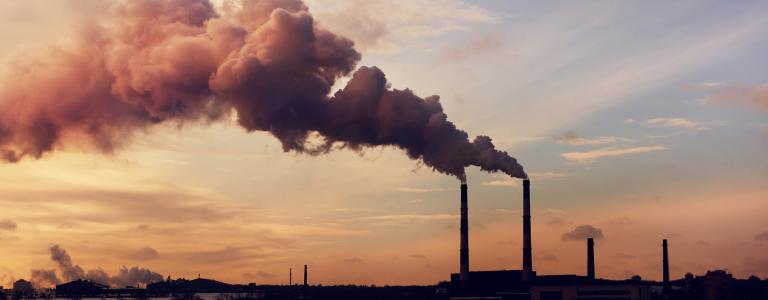Canada’s Oil and Gas Emissions Cap Framework is a Welcome Step Forward, but Not Enough to Meet Climate Goals
Today, the Government of Canada announced a groundbreaking policy framework for a regulatory cap on oil and gas sector emissions. This is a welcome step forward that lays the foundation for a sector-specific cap-and-trade system to tackle emissions from Canada’s most polluting industry.
At the same time, the Government also released the first official progress report on its 2022 Emissions Reduction Plan confirming that current policies are insufficient to meet Canada’s 2030 targets. An ambitious emissions cap has significant potential to get Canada’s climate agenda back on track, but only if certain areas of concern in today’s framework are addressed.
Today’s announcement—in conjunction with methane regulations announced earlier this week—lays the groundwork for regulating upstream oil and gas sector emissions in Canada. The proposed cap-and-trade system will mandate emissions reductions by 2030, while progressively lowering the cap over time in line with a yet-to-be-determined trajectory for net-zero by 2050. This sends a clear signal to the industry that emissions must decline, and private investment ought to reflect that reality. When implemented, this policy would also ensure that the sector’s current projected emissions increase will halt by 2030—a huge step toward meeting Canada’s climate goals.
That said, there remain some areas of concern in the proposed framework. The proposed emissions reduction target of 16-20% relative to 2005 levels (35-38% relative to 2019) is far below the economy-wide goal of 40-45% reduction by 2030, and even weaker than the 31% reduction in the Emissions Reduction Plan. While this framework should be applauded for suggesting that emissions will be mandated as net-zero by 2050, the relatively lenient 2030 target puts Canada’s climate goals at risk while shifting responsibility to other sectors.
The framework also lays out additional compliance flexibilities for firms that exceed these reduction targets, including carbon offsets and payments into a decarbonization fund. Carbon offsets however—where companies pay for emissions reductions in other sectors or abroad—are often ineffective for reducing overall emissions. Payments to a decarbonization fund, moreover, do not equate to emissions reductions at all as any future emissions reductions from clean technology would already be accounted for under the cap.
“We need this cap to tame the beast,” says Aaron Cosbey, Senior Associate at IISD. “The oil and gas sector is the single largest emitter of greenhouse gases in Canada, and it’s still growing in spite of all our current policies. But to rise to that challenge, the version of the cap we actually pass into law will have to be a lot stronger.”
To ensure that Canada’s 2030 climate targets are met, and that industry does its fair share in meeting those targets, we encourage the federal government to review and incorporate feedback including:
-
Strengthening the emissions reduction target for 2030—as close to 40% below 2005 levels as possible—to ensure that Canada’s most polluting sector does its fair share in reducing national emissions.
-
Minimizing the role of offsets and investments in a decarbonization fund to enable industry to meet its 2030 targets.
It is imperative that the Government of Canada keep up the momentum by publishing draft regulations as soon as possible. This will give industry more time to meet its 2030 targets.
With an ambitious emissions cap, Canada has the opportunity to implement a world-leading policy for regulating the oil and gas industry while getting back on track with its Emissions Reduction Plan. Doing so is both economically feasible and widely popular among Canadians across Provinces and Territories.
You might also be interested in
Why Liquefied Natural Gas Expansion in Canada Is Not Worth the Risk
An analysis of the economic and environmental risks of liquified natural gas expansion in Canada.
IISD Annual Report 2023–2024
While IISD's reputation as a convenor, a trusted thought leader, and a go-to source on key issues within the sustainable development field is stronger than ever, the work happening outside the spotlight is just as valuable.
IGF Case Study: Decarbonization of the Mining Sector
Case studies from Chile, Indonesia, and South Africa that delve into the role of the mining sector in efforts to reduce greenhouse gas (GHG) emissions.
Global Dialogue on Border Carbon Adjustments
This report contributes to the global BCA discussion by summarizing country-level reports reflecting dialogues conducted in Brazil, Canada, Trinidad and Tobago, the United Kingdom, and Vietnam.
